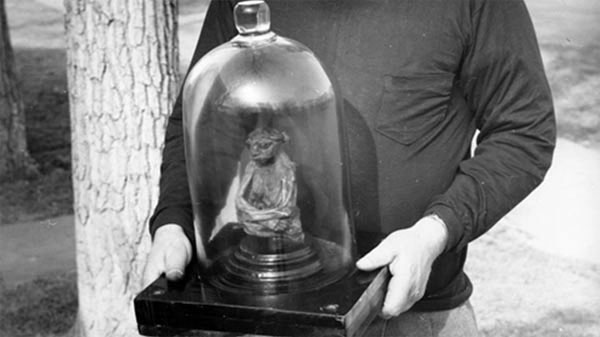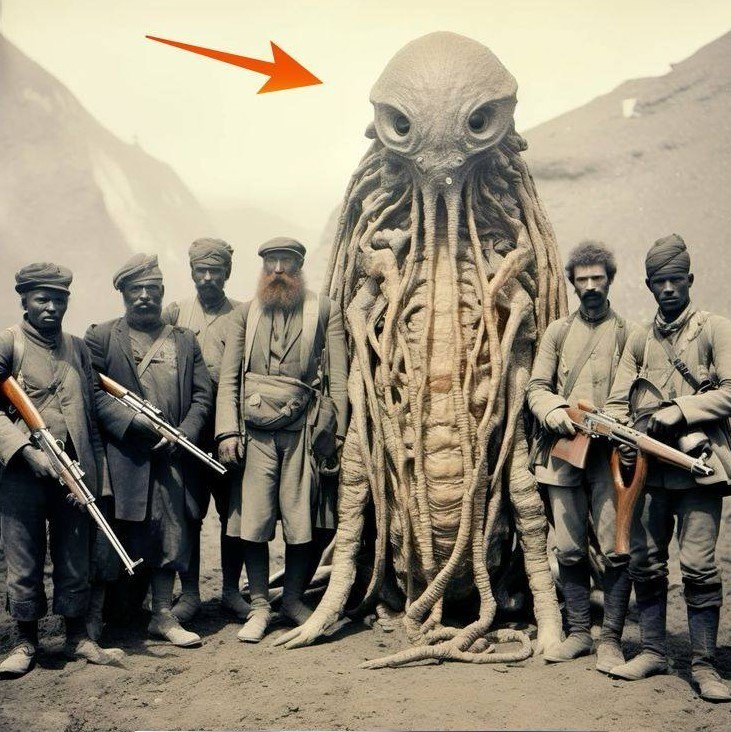For centuries, legends of giants and dwarves have captured the human imagination, weaving tales of towering figures and small, elusive beings that exist just beyond the edge of our understanding. Throughout history, these myths have persisted in cultures around the world, leading many to wonder: Do giants and dwarves really exist? While scientific evidence has yet to confirm their existence, certain unsolved mysteries continue to spark intrigue and debate. Here, we explore four such mysteries that keep the fascination with giants and dwarves alive.

### 1. **The Giant Skeletons of Lovelock Cave**
One of the most compelling mysteries surrounding the existence of giants is the discovery of giant skeletons in Lovelock Cave, Nevada. According to local Native American legends, a race of red-haired giants, known as the Si-Te-Cah, once lived in the area and were hostile toward the indigenous people. These giants were said to be up to 12 feet tall, with immense strength and an aggressive nature.

In the early 20th century, miners excavating guano from Lovelock Cave reportedly unearthed large skeletal remains that seemed to support the legends. Some of the bones measured far beyond the average human size, leading to speculation that these remains were evidence of the mythical giants. However, skeptics argue that the bones may have belonged to individuals suffering from gigantism, a rare condition that causes excessive growth.
Despite numerous claims of these giant skeletons, the remains have mysteriously disappeared, leaving the mystery unsolved. Were these bones evidence of an ancient race of giants, or is the story merely a blend of myth and misidentification?
### 2. **The Dwarves of Ancient Egypt: Fact or Fiction?**
The ancient Egyptians had many references to dwarves, known as “pygmies” in their culture. These diminutive people were often depicted in art and inscriptions as holding positions of respect within Egyptian society, especially in relation to their roles as dancers, jewelers, and attendants to the pharaohs. The question remains: Were these dwarves part of an actual race, or were they individuals with dwarfism?

One of the most famous accounts is of a pygmy from the land of Punt, an African region that traded with Egypt during the Middle Kingdom. This pygmy was brought to the court of Pharaoh Pepi II as an exotic treasure, and records suggest that he was treated with great honor. Ancient Egyptian records describe this individual as performing dances and rituals for the royal court, further cementing the idea that dwarves were integral to Egyptian culture.
While evidence suggests that the Egyptians did have encounters with people of shorter stature, the idea of an entire race of dwarves remains unproven. Did these references point to an actual population, or were they simply individuals with genetic conditions?
### 3. **The Giants of Patagonia: Myths from the Ends of the Earth**
In the 16th century, European explorers, including Ferdinand Magellan, reported encounters with giant humans in Patagonia, a region in South America. These so-called “Patagonian giants” were said to be as tall as 12 feet, towering over the explorers and leaving lasting impressions on the crews. Antonio Pigafetta, an Italian chronicler who traveled with Magellan, wrote detailed accounts of meeting these giants, describing their great height, powerful build, and strange customs.
The tales of Patagonian giants persisted well into the 19th century, with various explorers and sailors claiming to have seen them. However, as the region became more extensively explored, these reports dwindled, and modern research has found no evidence of such a race of giants.
The mystery remains: Were these stories the result of exaggerated encounters with the indigenous peoples of Patagonia, who may have been taller than the average European, or were they based on actual sightings of a now-extinct race of giants? The lack of definitive evidence has left the legend of the Patagonian giants unsolved, continuing to fuel speculation about their existence.
### 4. **The Mysterious Case of the Irish Giant**
In the world of giants, few figures are as famous as Charles Byrne, known as the Irish Giant. Born in 1761 in Northern Ireland, Byrne grew to an astounding height of over 7 feet 7 inches, which was remarkable even by modern standards. His extraordinary size drew attention across Europe, and Byrne became a celebrity, touring London as a sideshow attraction.
Byrne’s height was attributed to acromegaly, a condition caused by a tumor in the pituitary gland that leads to abnormal growth. However, his life—and death—remain shrouded in mystery. Upon his death in 1783, Byrne’s remains were controversially acquired by anatomist John Hunter, despite Byrne’s express wishes to be buried at sea to avoid being dissected. Byrne’s skeleton was displayed for centuries in the Hunterian Museum in London, adding to the intrigue surrounding his life.
While the case of the Irish Giant seems to be medically explained, it continues to raise questions about the nature of gigantism and its potential link to ancient myths of giants. Could Byrne and others like him have inspired stories of giants in folklore, or were such individuals simply anomalies in otherwise average populations?
### Myth or Reality?
The existence of giants and dwarves has been a subject of speculation for centuries, with legends and reports scattered across cultures around the globe. From the towering figures of Lovelock Cave and Patagonia to the diminutive dwarves of ancient Egypt, these stories tap into a deep-seated fascination with human extremes.
While modern science has offered explanations for some cases, such as gigantism and dwarfism, the lack of concrete evidence leaves many questions unanswered. Are these legends based on real encounters with lost civilizations, or are they the result of exaggeration, myth-making, and human imagination? The mysteries remain unsolved, ensuring that the fascination with giants and dwarves will continue for generations to come.
